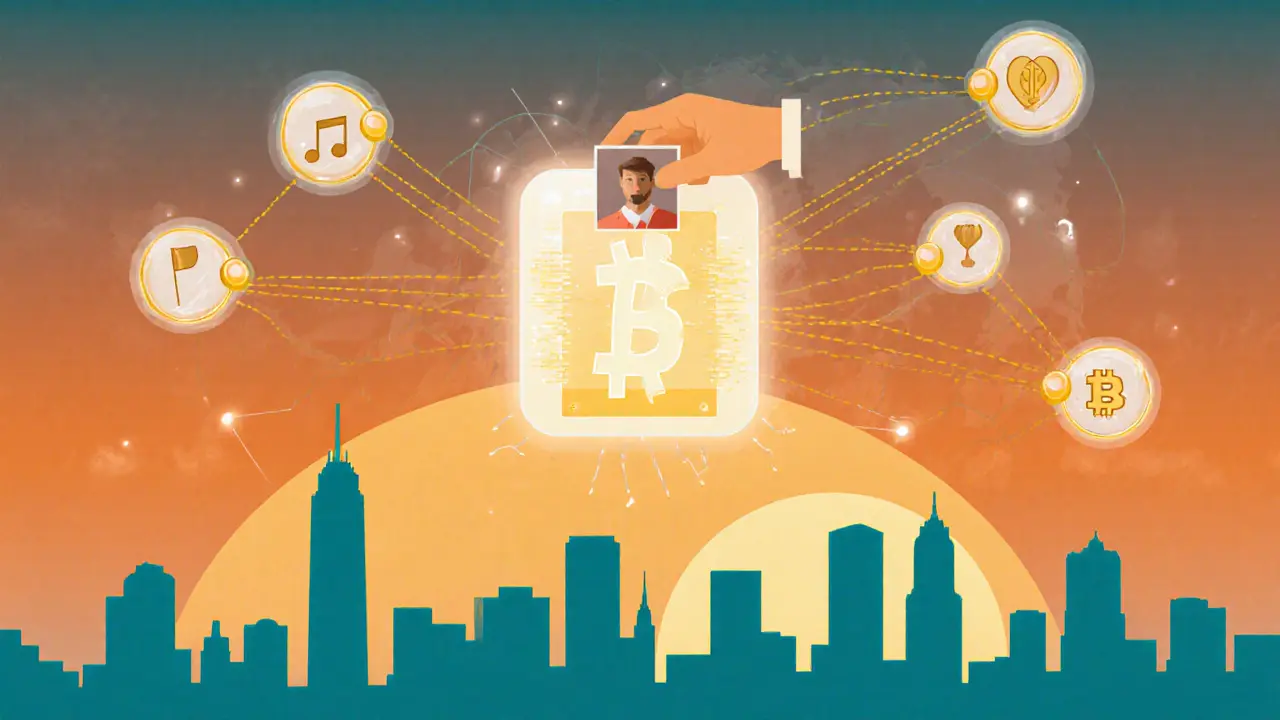Digital Rights Management: How Blockchain Protects Creators and Stops Piracy
When you buy a song, a photo, or a piece of digital art, do you really own it? Or does someone else still control how you use it? Digital rights management, a system that controls how digital content is accessed, copied, and shared. Also known as DRM, it’s been used for years by big companies to lock down music, movies, and software — but it rarely helps the creator. Most DRM systems are built by corporations to protect their profits, not to give artists fair pay or control. That’s why blockchain is stepping in — not to replace DRM, but to rebuild it from the ground up.
Blockchain, a public, tamper-proof ledger that records ownership and transactions changes everything. Instead of a company deciding if you can share a file or stream a track, blockchain lets the creator set the rules directly on the chain. NFT rights, the specific permissions tied to a digital asset on the blockchain mean an artist can say, "This image can be used in a YouTube video but not sold as a print." No middleman. No hidden fees. No sudden takedowns. This isn’t theory — it’s already happening with digital art, music, and even gaming assets. Projects like Velvet Unicorn and Miidas NFT use token-based access to control who gets what, and when. And when someone tries to copy or resell without permission, the blockchain records it — no loopholes.
But blockchain DRM isn’t just about stopping pirates. It’s about paying creators fairly. Every time a song you bought on-chain gets played, the royalty can auto-pay to the artist’s wallet. No label taking 70%. No delayed payments. This is the kind of system that could fix the broken music industry, the exploitative stock photo market, and the predatory NFT marketplaces. And it’s why you’ll see posts here about fake airdrops, scam exchanges, and risky tokens — because without proper ownership rules, crypto becomes a playground for con artists. The same tech that secures your crypto wallet can protect your creativity. That’s the real promise of digital rights management on blockchain: power back to the people who make the content.
Below, you’ll find real cases — from scams pretending to offer NFT rights to platforms actually using blockchain to enforce creator control. No fluff. Just what works, what doesn’t, and who’s getting left behind.

